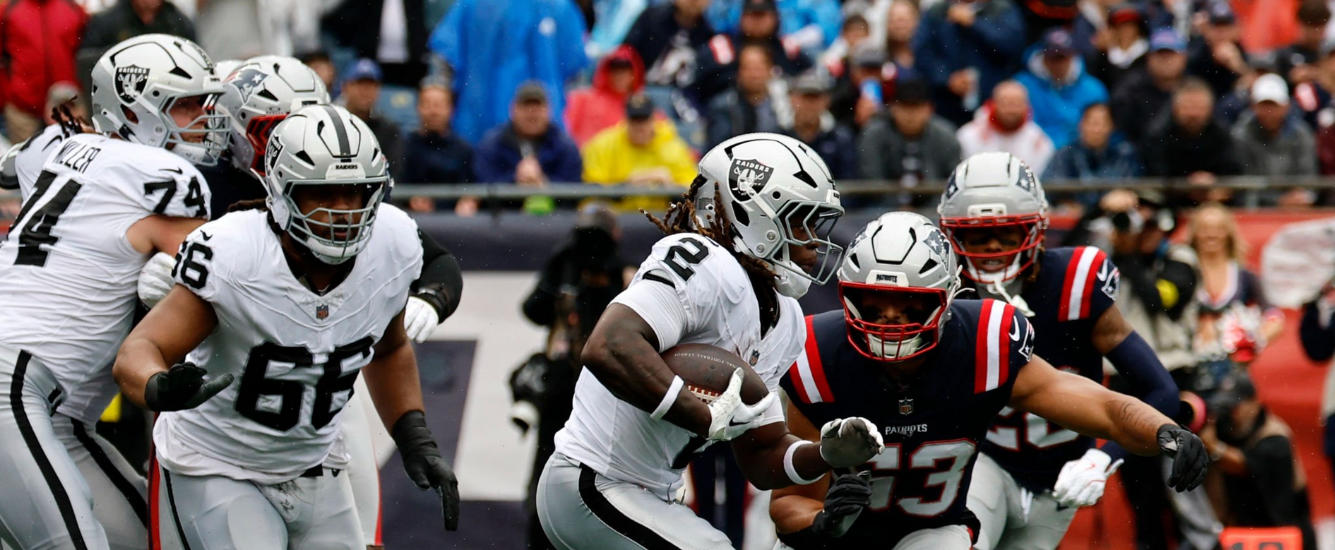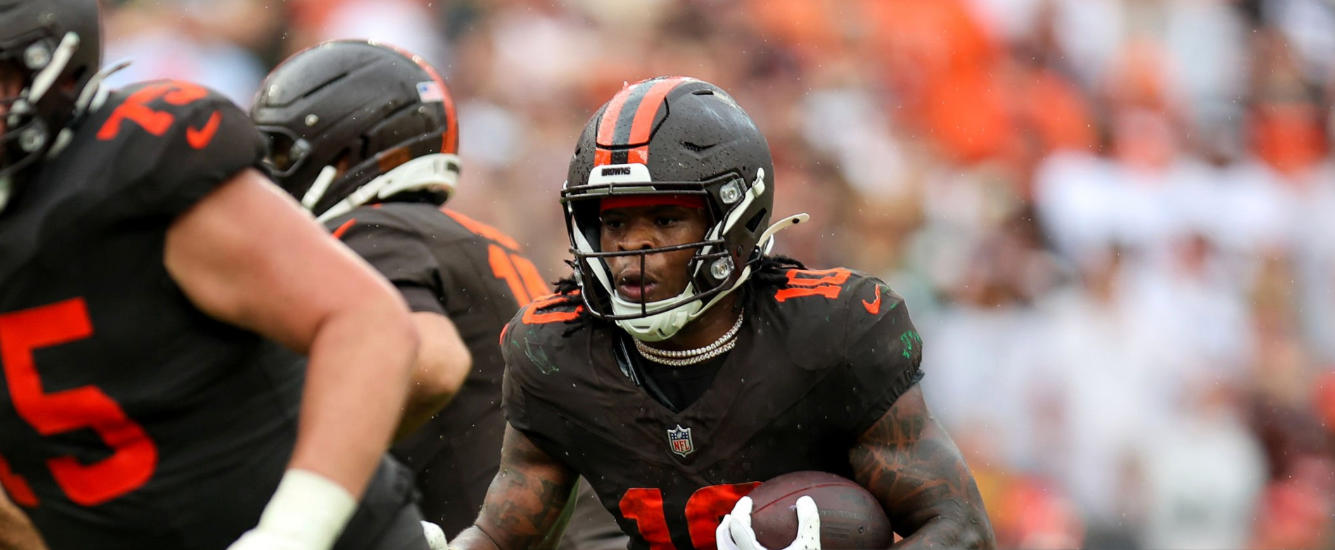If you’re playing in the FFPC Playoff Challenge, some helpful data to bring into the contest with you would be playoff projections. A feature of the RotoViz Screener that often gets overlooked is the ability to look at playoff games and even to create objective projections based on a linear regression. There are a lot of ways to create powerful models, but in what follows I’m using a number of simple models based on expected points and fantasy points over expectation, both of which prove predictive for future PPR scoring at every position.
Once we have per-game projections based on an objective measure, we just need to incorporate some expectations about how many games each team will play, and we’ll have a projection for the entire contest. First, let’s look at the models.
QB Model

Only three inputs go into the QB model: passing and rushing opportunity, and rushing efficiency. As QB rushing efficiency depends mainly on touchdowns, which depend mainly on goal-line carries, which are captured by rushing EP, there is no need to include rushing FPOE. Things that do make a difference for other positions (size and age) do not matter for QBs.
RB Model

Unlike at QB, size does matter for running backs — specifically height. However, it’s negatively correlated with playoff scoring. Height may be acting as a proxy for athleticism in general, insofar as faster, quicker, and more explosive backs tend to be shorter. Even in the playoffs, it helps to be fast.
WR Model

Again, at wide receiver, we see that size and age are important, but this time size is a positive, specifically heavy receivers who aren’t especially tall. It’s also good to be young, which might (but shouldn’t) be counterintuitive, as some folk wisdom on the topic takes experience to be beneficial in the playoffs.
TE Model

Size and age drop out again at tight end, where the only things that matter are opportunity and efficiency.
How Many Games Should We Expect for Each Team?
One easy way to get a game expectation for each team is to use FiveThirtyEight’s NFL Predictions. Translating each team’s chances of reaching a given round into an expected game total yields the following results:



















